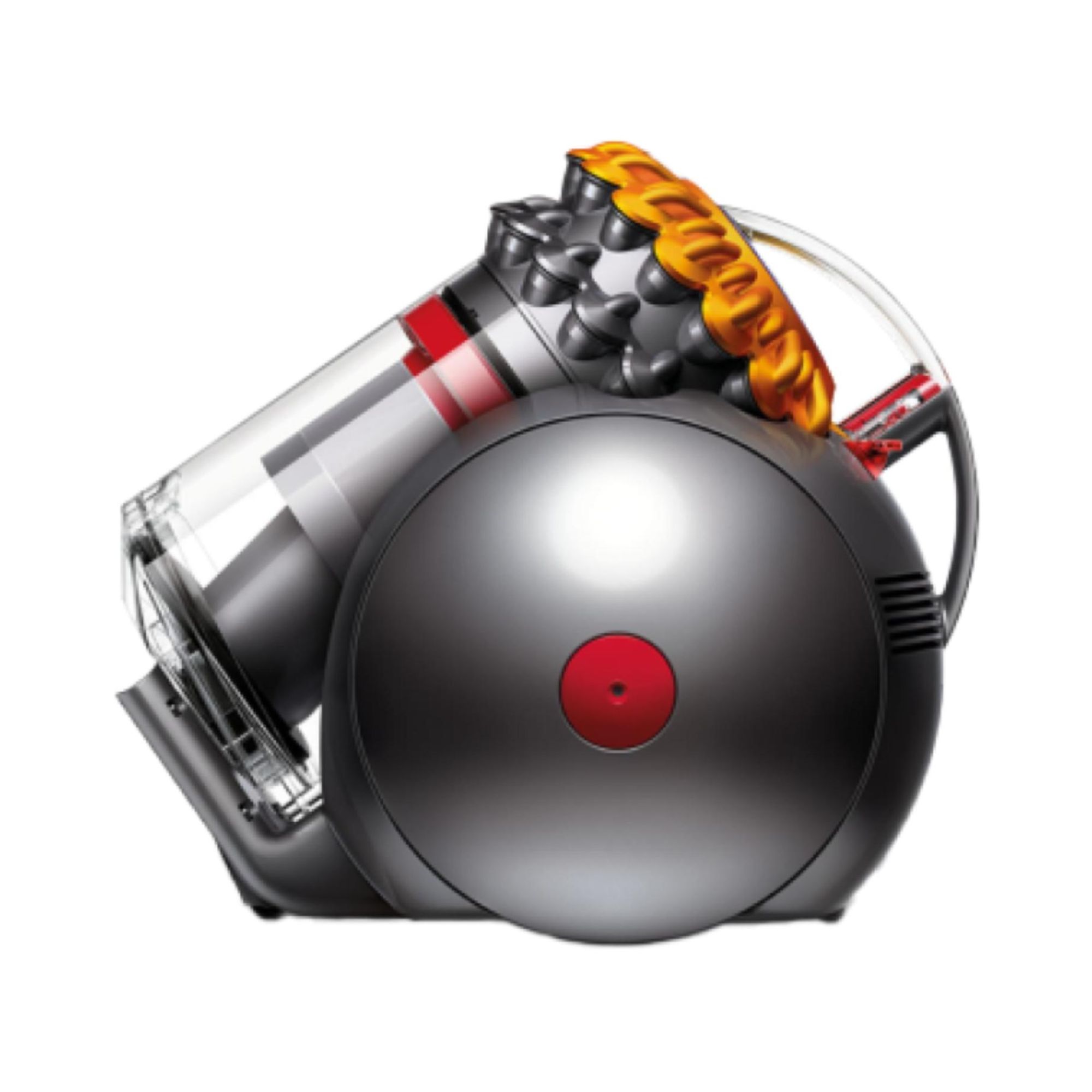I’m an expert vacuum tester, but these are the 5 things I wish I knew before buying a Dyson vacuum
If you’re struggling to justify the higher price tag, you'll want to know this, too
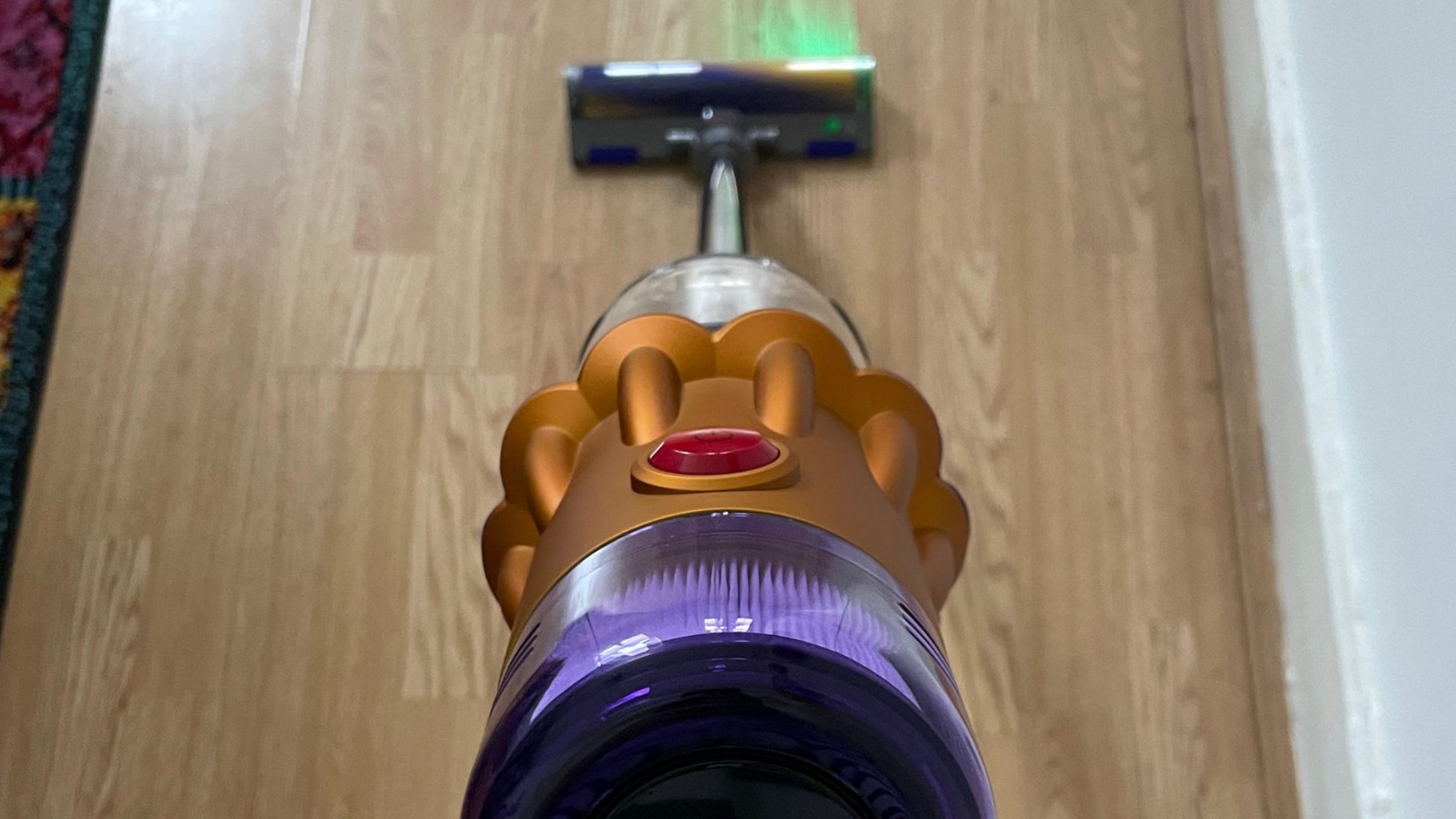

As Ideal Home’s Vacuum Expert, it’s my job to test all kinds of vacuum makes and models. And while impartiality is at the core of my testing process, I’m also a homeowner and pet parent who needs to keep on top of everyday housework, and Dyson vacuums have long been my personal preference in my own home.
Yep, you’ve probably already guessed that Dyson vacuums regularly top the charts as some of the best vacuum cleaners out there, but they’re also some of the most expensive. With prices ranging anywhere from £300 to £700 for the best cordless vacuums - and even corded ones - they’re an investment purchase that you don’t want to regret later down the line.
That’s why I thought I’d combine both my testing and personal experience with this brand to help those weighing up their first Dyson purchase, or looking to swap their old model for something better. So, these are the 5 things I wish I knew before buying a Dyson vacuum, so you don’t make any mistakes.
1. The older models are just as impressive
One of the many things I love about Dyson is that, unlike some other vacuum brands, they don’t just release new models for the sake of it. In fact, the newly announced Dyson PencilVac marks the end of their two-year cordless stick vacuum hiatus. That’s because the brand puts a considerable amount of time and effort into the engineering behind their models, making the older ones a worthy investment, too.
From my experience as both an expert vacuum tester and a customer, there are no bad Dyson vacuums, just ones that have different levels of technology. That’s actually why I have two models I use regularly - the very high-tech (and relatively new) Dyson Gen5detect and the Dyson V8, which is one of the oldest models still in circulation.

Of course, I love the LCD screen, the dust-detecting lasers, and the auto-adjusting suction of the Gen5, and I find it ideal for a deeper clean in a home I share with my shedding dog. But sometimes I crave the simplicity of the V8 when vacuuming my home.
Sure, there aren’t any bells and whistles, and the suction power is a lot lower than a newer model, but it’s typically the one I choose for a quick whizz-around when I just need to get the job done. That’s one of the reasons why I think the Dyson Ball Animal is so popular. It's a classic for a reason.
Sign up to our newsletter for style inspiration, real homes, project and garden advice and shopping know-how
Just be warned that a lot of the older models come with a trigger switch instead of a locked on/off button, which could be a deal-breaker for some who get achy fingers. However, there is a hack to fix that, so you can still opt for the older, more affordable options.
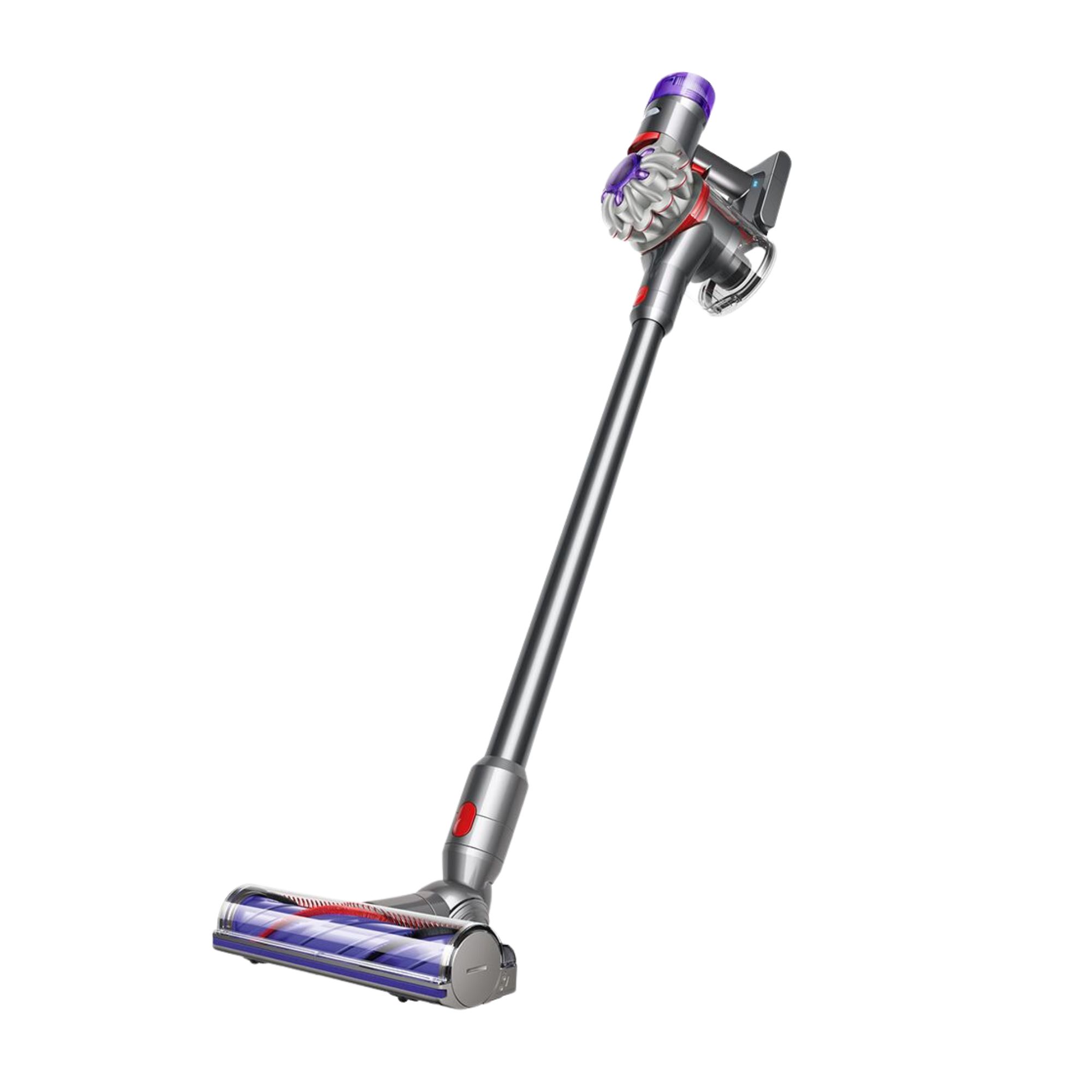
This is the budget Dyson vacuum I have at home, and I can vouch for its effectiveness. It offers up to 40 minutes of run time, a 0.54L dust bin capacity, and it's incredibly lightweight. It's the perfect additional or entry-level Dyson vacuum.
2. Maintenance is key
Another thing I wish I knew before buying a Dyson vacuum cleaner is that maintenance is everything, especially as it’s no secret that this brand is more of an investment than other, cheaper options out there. But this is so much more than just cleaning your vacuum cleaner.
When you spend so much money on a new vacuum, you want to ensure it’s working to the best of its abilities at all times, and this means avoiding the common Dyson vacuum problems that could potentially leave you wanting more. To maintain optimal performance, you should empty the dustbin after every use, remove any blockages as soon as possible, wash the filters, and replace them when necessary.
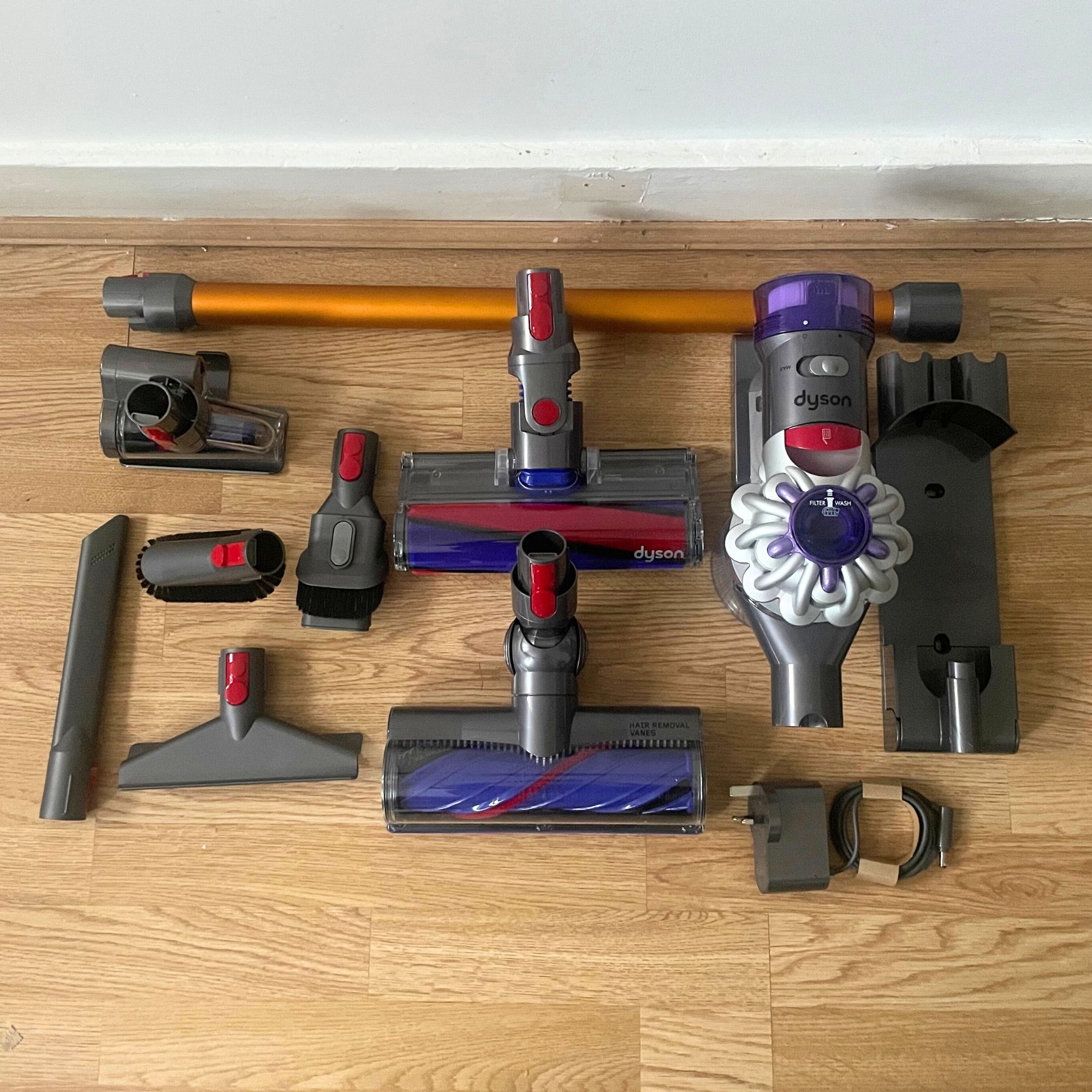
In fact, cleaning a Dyson vacuum filter is perhaps the most crucial task you need to tick off your to-do list, as I always notice a drop in performance when I haven’t cleaned it as regularly as I need to. This is something I didn’t realise until I bought my first Dyson, and something I don’t think people do as often as they need to.
And while this is the case, regardless of the vacuum cleaner you have or the brand, I feel that this is especially important with Dyson vacuums, as they are renowned for their efficiency and cleaning power, and you don’t want anything to compromise that.

Although it's easy enough to clean a Dyson vacuum filter, it may get to the point where you need to replace it entirely. This one is specifically for the Dyson Gen5detect vacuum cleaner, but you can find filters for other models here.
3. There are so many hidden features
Dyson has a very distinct design aesthetic, from the colourways they use to the overall construction of their vacuums. However, one thing I wish I had known before buying my first Dyson vacuum is that there are also many hidden features within these designs, primarily associated with the tools and attachments.
Embarrassingly, I didn’t realise some of these features existed until a year or two into my Dyson ownership either. And while fellow Gen5detect owners may have found the secret built-in dusting and crevice tool (which means it’s constantly attached) within seconds, it took me thinking I’d actually broken the vacuum to realise it had been there the whole time. It’s genius.

Many other Dyson vacuum models have these secret components, from the ‘+’ and ‘-’ feature on the brush bar floorheads that allow you to open a gate up to larger or smaller debris, to the interchangeable floorhead of the Dyson V15 Detect Submarine, which allows you to vacuum and mop your floors at the same time.
And while some Dyson vacuum cleaners have these hidden features, others don’t. So, it’s a good idea to think about what you want from a vacuum and research the ins and outs of a potential model before parting with your cash.
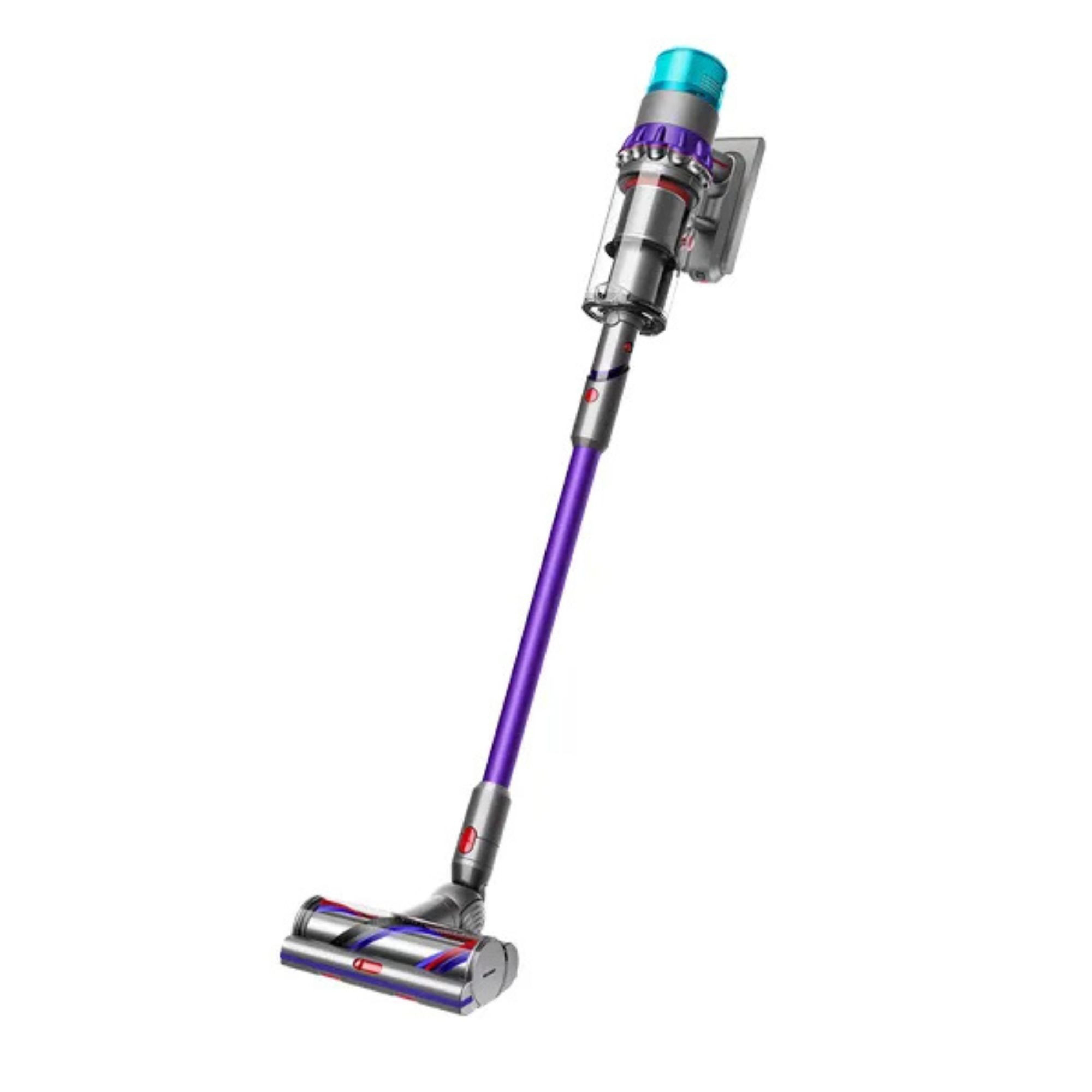
Crowned the 'best overall' vacuum out of all of the makes and models that Ideal Home has tested, this is also the other model I have at home. It's everything you could want from a vacuum, and offers up to 70 minutes of run time.
4. The dust bin capacities vary
As Ideal Home’s resident vacuum expert, I’m often asked to pick a winner in the Shark vs Dyson vacuum debate. And as someone who has owned many Shark vacuums in the past (and also has many things I wish I knew before buying a Shark vacuum), I will say that one of the most significant differences between these two cult floorcare brands is that their dust bin capacities couldn’t be more different.
While Shark vacuum dust bin capacities are all relatively similar, the dust bin capacities of Dyson vacuums are a lot more varied. For example, the new Dyson Big Ball Multi Floor 2 comes with a rather generous 1.5L dust bin, while the Dyson V12 Detect Absolute I’ve previously tested has a significantly smaller 0.35L dust bin.

Of course, whether this is a positive or negative and which one suits you better depends on your stance, but this is something to consider before buying a Dyson vacuum. The best way to decide which one suits you best is to think about your home and living situation.
Larger homes with pets or children will better suit a Dyson vacuum with a larger capacity, while smaller homes without pets or kids (or those who don’t mind emptying a vacuum more often) could get away with a model that has a smaller dust bin capacity.
5. Most models are suitable for pets
As a proud dog pawrent (yes, that’s what I call myself), I take a particular interest in finding the best vacuum cleaners for pet hair. And one thing I wish I knew before buying a Dyson vacuum is that most models are suitable for pets, even if they don’t outright advertise that they are.
If you also share your home with a fluffball - whether that be a cat, dog, or perhaps even a ferret - you may have spent the same lengthy amount of time searching for a model with the word ‘pet’ in it. And while some Dyson vacuums do have this, such as the Dyson V11 Extra Pet Vacuum, many of them don’t, including the Dyson V15 Detect Absolute.
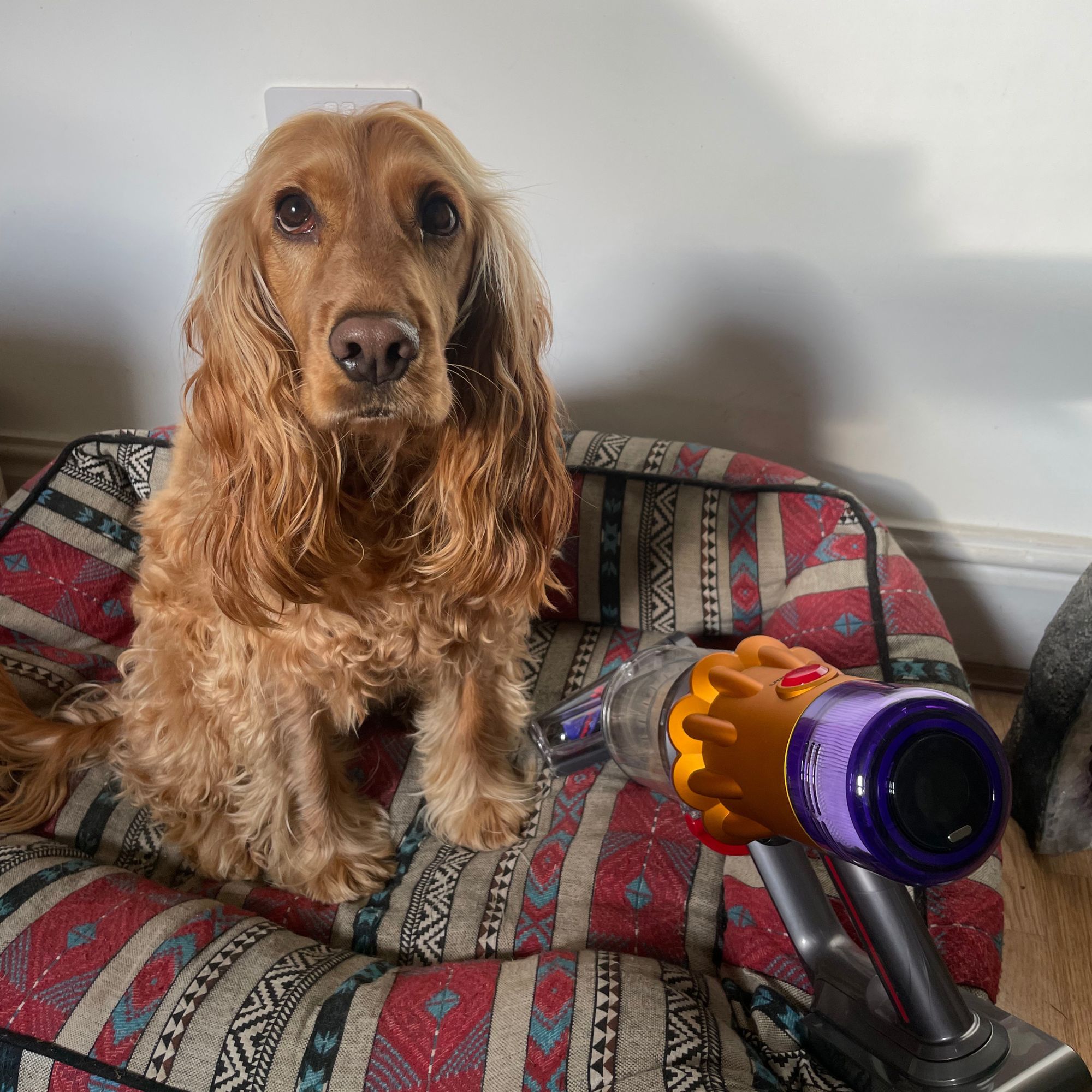
However, many are equipped to deal with the onslaught of pet hair, and there are even tools and attachments you can buy that’ll turn any Dyson vacuum into one that suits homes with pets - including the Dyson Hair Screw Tool, £50 from Argos. This will help you vacuum pet hair from the likes of stairs, carpets, and pet beds.
In fact, you can even buy a specific pet grooming kit if you really want to. It’ll fit a wide range of Dyson models, and comes with a pet grooming tool, adapter tool and an extension hose so you can vacuum pet hair from the source (i.e your pet) rather than the floor.
Are there any other things that you wish you knew before buying a Dyson vacuum? Let me know in the comments!

Lauren Bradbury has been the Content Editor for the House Manual section since January 2025 but worked with the team as a freelancer for a year and a half before that. She graduated with a Bachelor’s degree in English and Creative Writing from the University of Chichester in 2016. Then, she dipped her toe into the world of content writing, primarily focusing on home content. After years of agency work, she decided to take the plunge and become a full-time freelancer for online publications, including Real Homes and Ideal Home, before taking on this permanent role. Now, she spends her days searching for the best decluttering and cleaning hacks and creating handy how-to guides for homeowners and renters alike, as well as testing vacuums as part of her role as the Ideal Home Certified Expert in Training on Vacuums, having spent over 110 hours testing different vacuum models to date!
You must confirm your public display name before commenting
Please logout and then login again, you will then be prompted to enter your display name.
